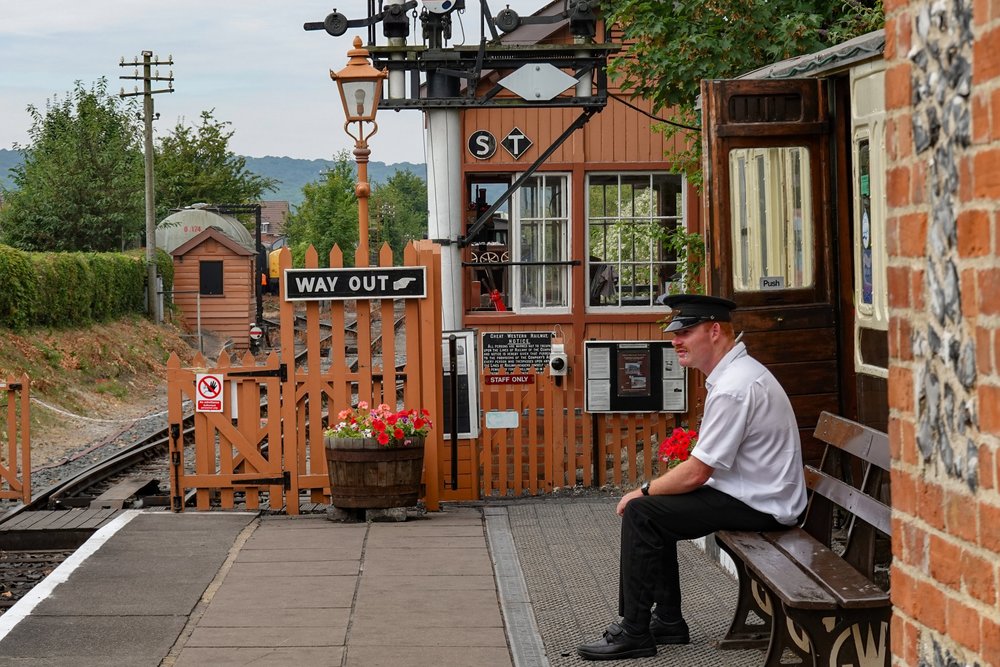
Last Sunday I was at a loose end. Lovely day, as we have come to expect this summer, and my new car (well, new to me at least) beckoned. Where to go? I decided on Oxfordshire because currently the roads of nearby Surrey (my usual stomping ground) are crowded with cyclists preparing for next weekend’s Prudential Ride London. Not a pleasant experience for motorists, it has to be said. Oxfordshire promised clearer roads and I soon found a target — the Chinnor and Princes Risborough Railway. Despite visiting almost all heritage railways known to man during visits from Washington, DC by my train enthusiast friend, Ralf Meier, this is one I’d not thought of.
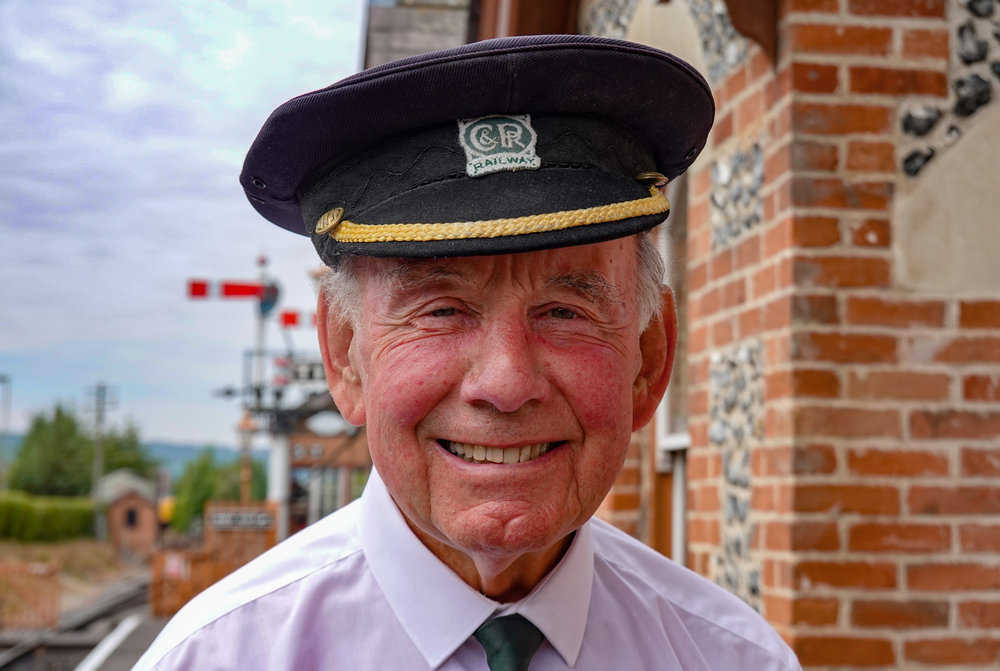
Just imagine. Not 40 miles from home and I’d never been. In fact, I’m not sure I was aware of its existence. That’s the wonderful thing about my own country — there is a surfeit of historical “attractions” just waiting to be sampled. As Ralf often opines, who needs Disneyland when we have all these wonderful places to sample?. Really, you couldn’t make them up because they are indeed stranger than fiction.
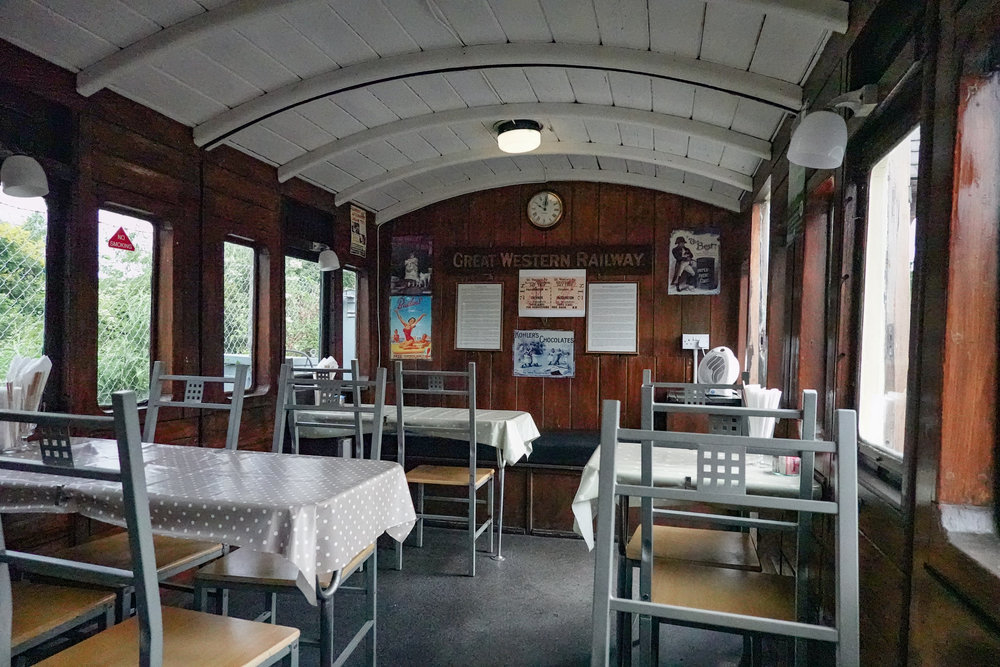
The C & PR Railway turned out to be true to form but somewhat quainter than the more mainstream outfits. At Chinnor, a vintage platform complete with 1900s advertising, a charming dining car (tea, coffee and wonderful home-made Victoria sponge) and a watering hole. What more could you desire? I paid my £10 for a third-class return trip, and settled down to write this little article while waiting for the 11 am scheduled departure.
Victoria sponge or Spratt’s Dog Cakes? I chose the sponge
I scanned the leaflet I picked up at the ticket office and the sentence “William the Conqueror travelled along it on his way to London” hit me between the eyes. It was at the top of the second page. So had to do a double take. Turns out it wasn’t the C&PRR he used, but the ancient Icknield Way which parallels the track for a short spell. The train’s carriages aren’t quite old enough for William, but they certainly brought back some memories for me. The seats were remarkably uncomfortable, with lumbar support in all the wrong places. But then I was travelling third class. You can’t get much lower than that.
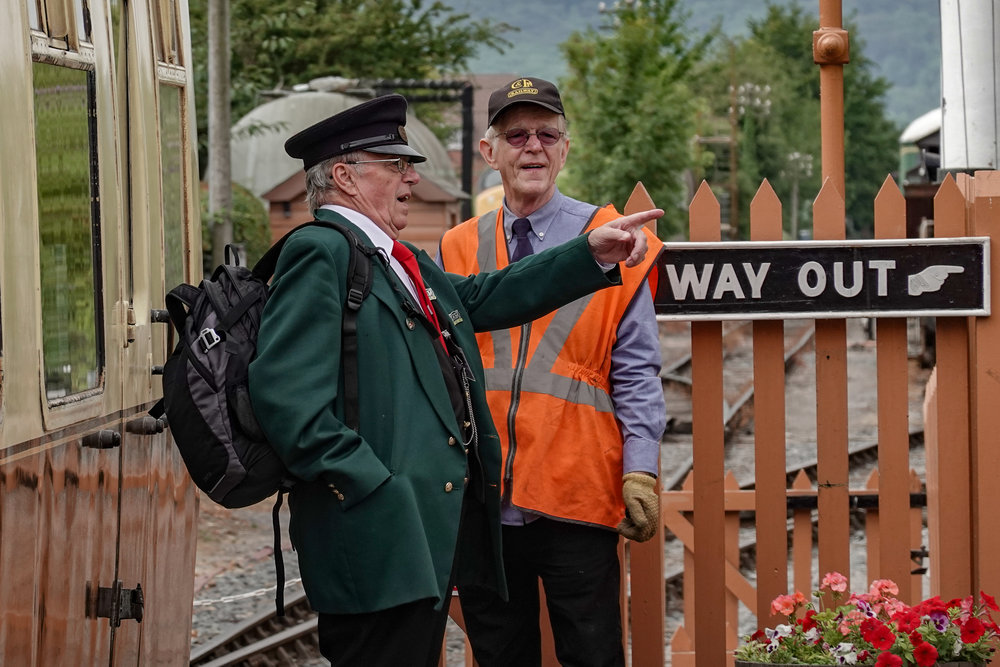
This little line has an interesting history. Originally launched by the Watlington and Princes Risborough Railway Company, the track was promoted by local landowners following the failure of the planned Wallingford branch line through Watlington. Construction was authorised by an Act of Parliament in July 1869. It ran for 8 miles and 66 chains from Princes Risborough mainline station to a terminus at Pyrton, just outside Watlington.
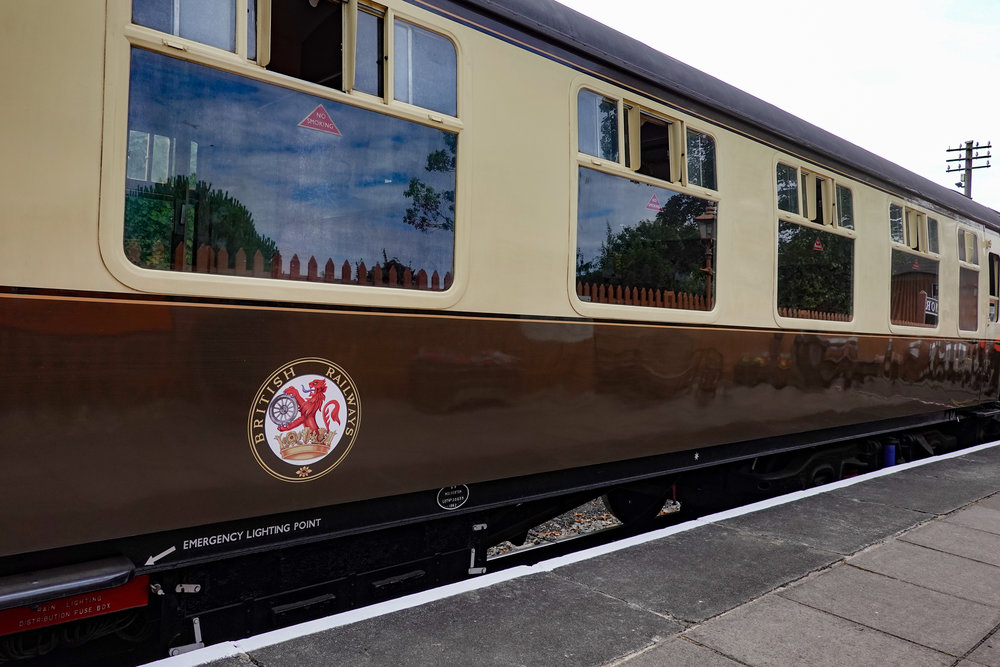
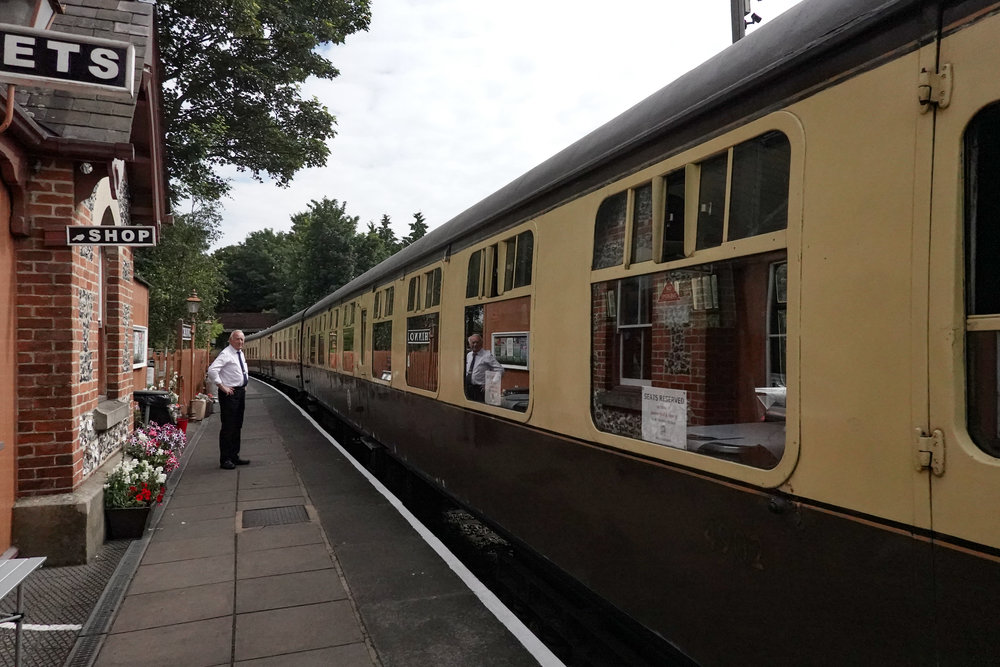
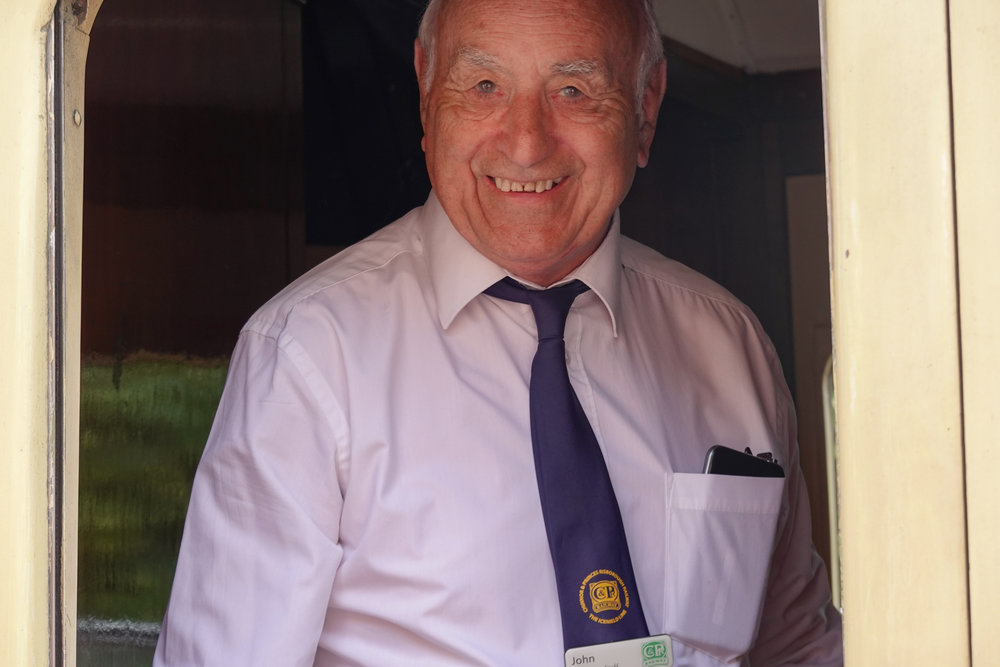
My trip today was much shorter, for reasons I know not. We stopped out in the wilds while the diesel engine (the fields were too dry to risk a steam engine) trundled back and hooked up for the return. I’d estimate the journey at about 66 chains, but they were undoubtedly enjoyable chains. There was even a buffet trolley and a solicitous duo who could show the Eurostar staff a thing or two about courtesy. And they knew their tea.
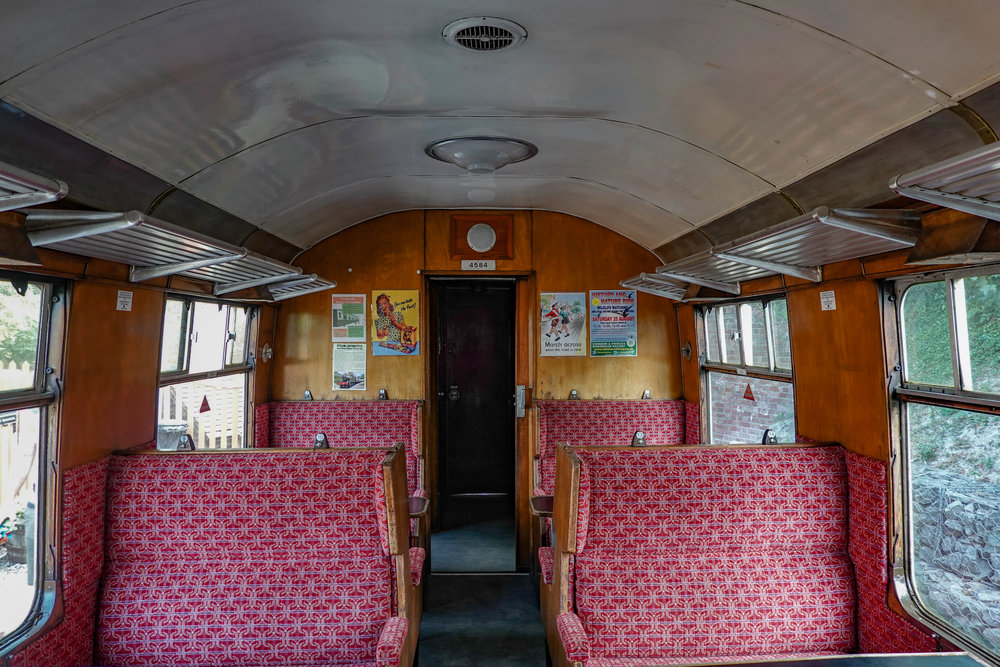
The line opened for business in August 1872 and served two intermediate stations, Chinnor and Aston Roward. It immediately fell into difficulties and was rescued in 1883 by the Great Western Railway (known to buffs as God’s Wonderful Railway). After the second world war, however, traffic dwindled and the line was closed on 1 July 1957. It fell to railway enthusiasts to do a Lazarus and the current stretch of line, between Chinnor and Thame, near Princes Risborough, started business in July 1994.
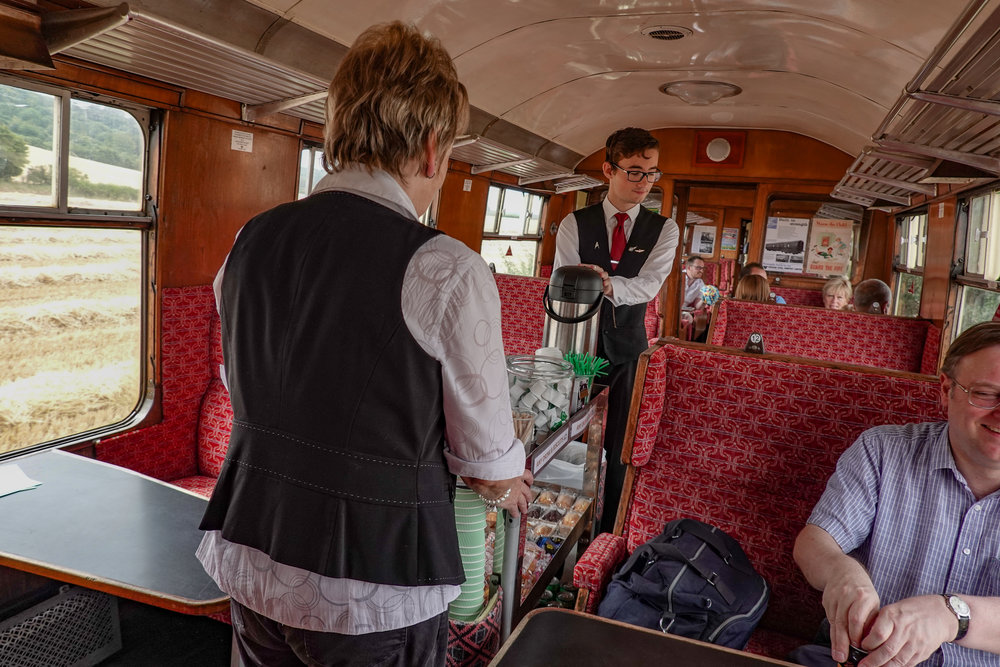
The endearing part of all these resurrected steam lines — Chinnor is just one of many — is that they are operated entirely by volunteers. The engine driver, the guard, the buffet boss, the ticket inspector, the locomotive engineer — all are resplendent in their appropriate uniforms. It’s a very similar set up to my own favourite Brooklands Museum which I’ve written about on many occasions. Without volunteer help, none of these wonderful places would be in existence.
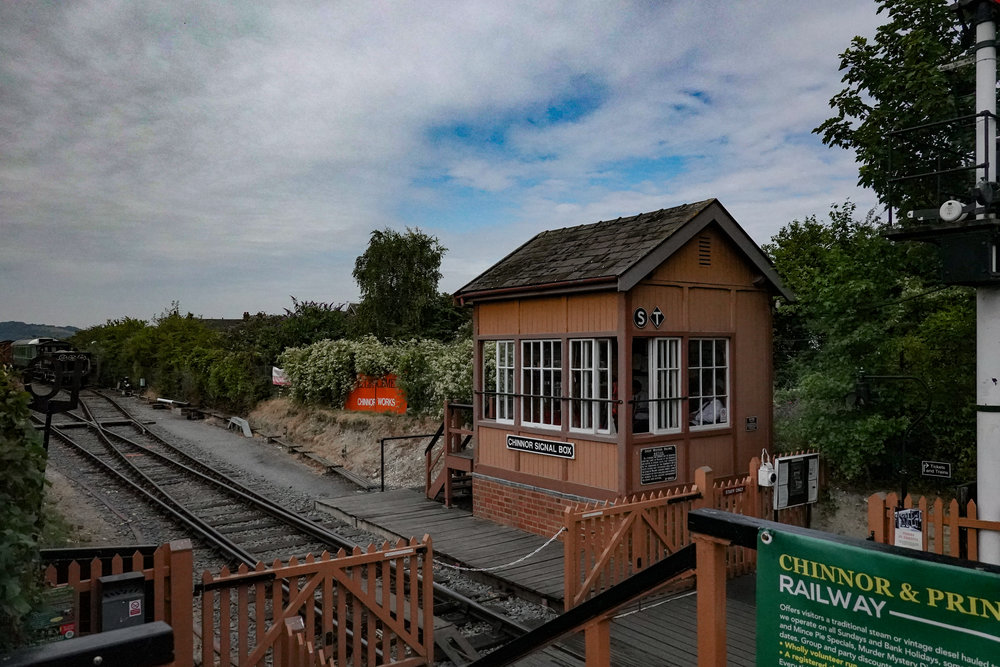
It is always the railways that seem to generate the most enthusiasm. There’s just something about railways, whether full-size or model, that attracts people from all sorts of backgrounds. In this country, we unkindly refer to train buffs as anoraks. In the USA they are known as foamers.
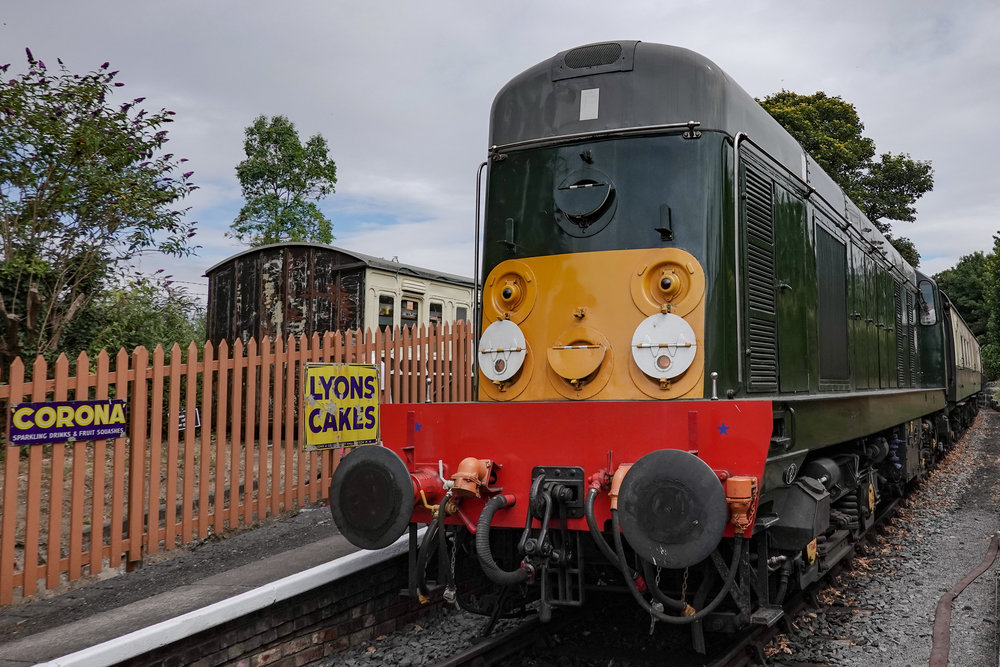
I recall an old friend of mine, Sir Keith Speed, who was at one time Minister for the Navy (shades of Gilbert & Sullivan, Ruler of the Queen’s Navee) telling me of his railway adventures. Not many friends knew that in addition to his nautical and governmental interests he was a railway buff. During the week he walked the corridors of power. At the weekends he walked a different sort of corridor, pushing the refreshment trolley on trains of his local Kent & East Sussex Railway. “What do you do during the week?”, asked keen travellers. “I’m your Member of Parliament,” replied Sir Keith.
While this is a digression from railways but while it is fresh in my mind, I have another little anecdote about Keith. During his time as Navy Minister, I was invited to his impressive office in Whitehall, the centre of operations and the same office that Winston Churchill had occupied when holding office during the First World War.
Keith showed me his impressive ministerial desk and pointed out the splintered bottom drawer on the right-hand side. That, Keith said, was the work of Winston’s boot when he learned of the disaster of the Dardanelles campaign, an event which resulted in his resignation. It’s a testament to tradition that the desk was never repaired and, as far as I know, remains still in a state of splinterness.
Sadly Keith died last January at the age of 83 and is much missed. He would have approved, however, of my now returning to the railway track.
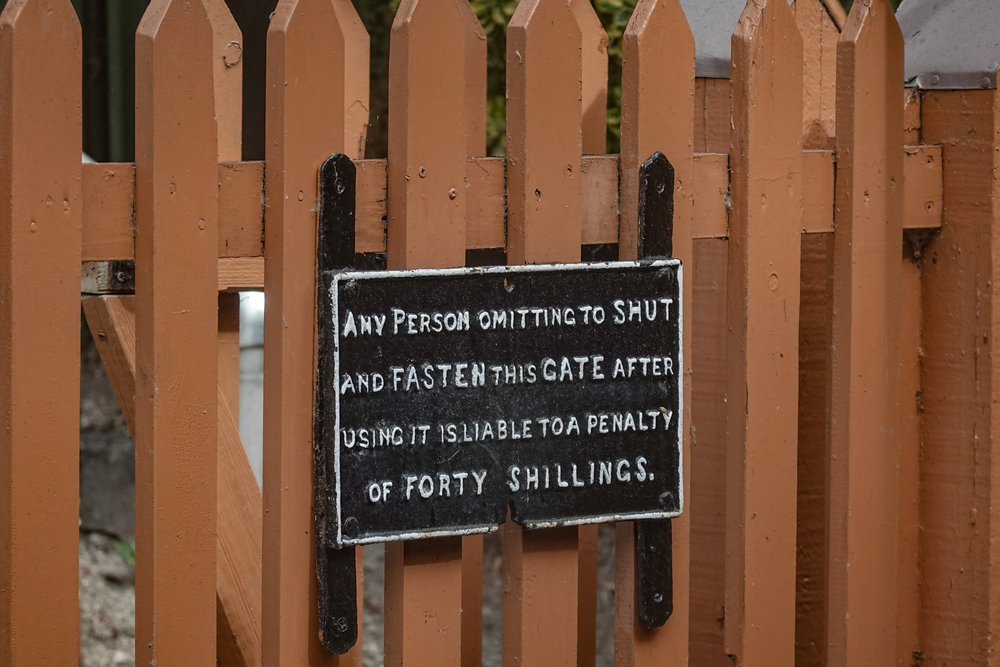
So I raise my cup of English Breakfast tea and dedicate my slice of sponge to the stalwarts of the Chinnor & Princes Risborough Railway. Long may they entertain us and long may they continue to outdo Disney and all his works. This is real nostalgia, not tinsel-town fakery.
___________
- Subscribe to Macfilos for free updates on articles as they are published
- Want to comment on this article but having problems?

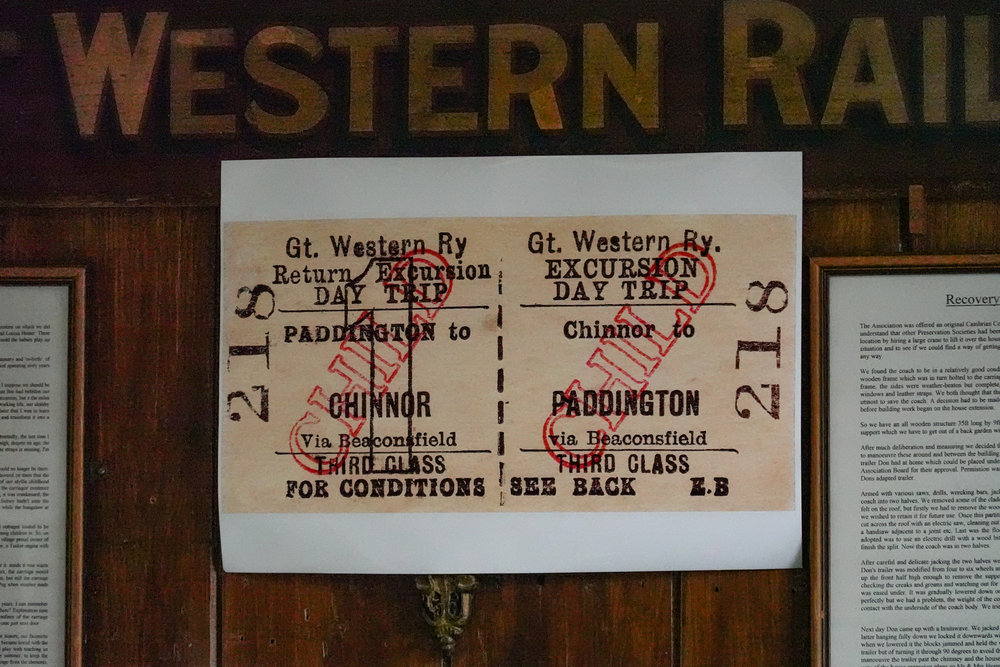
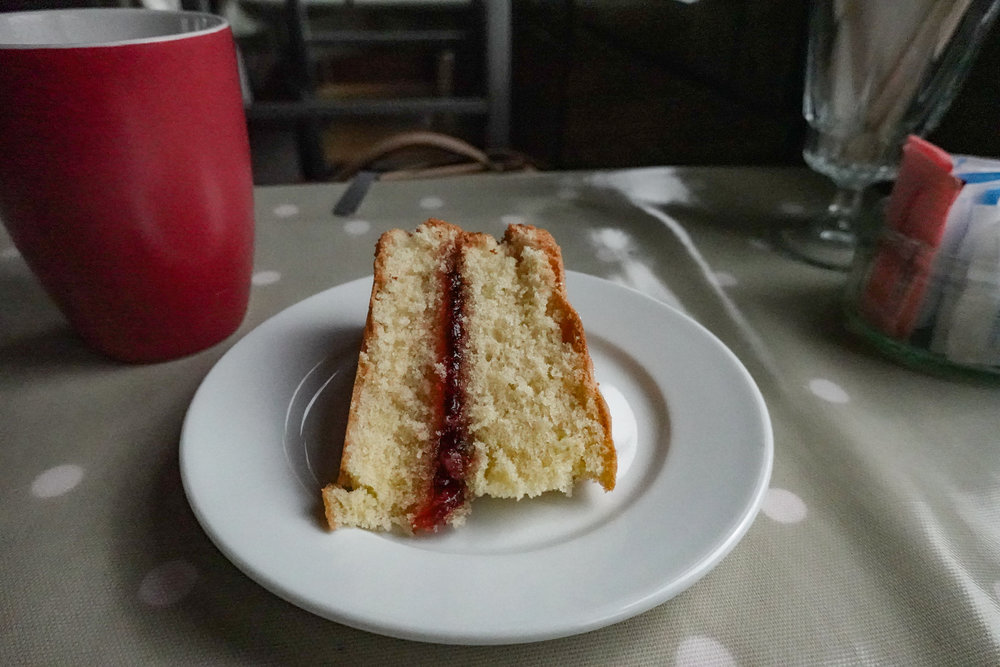
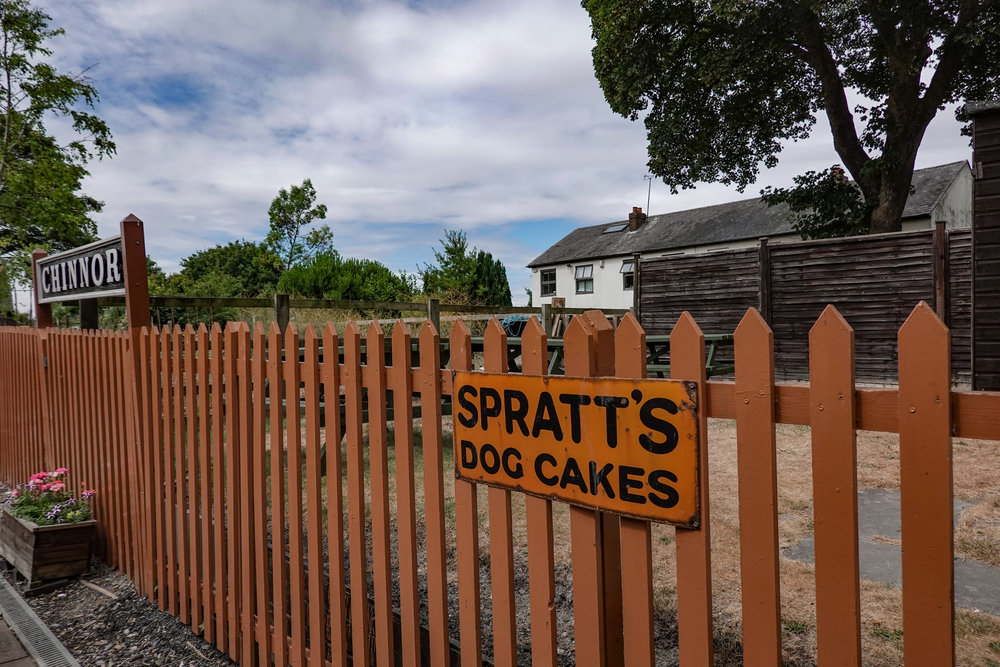
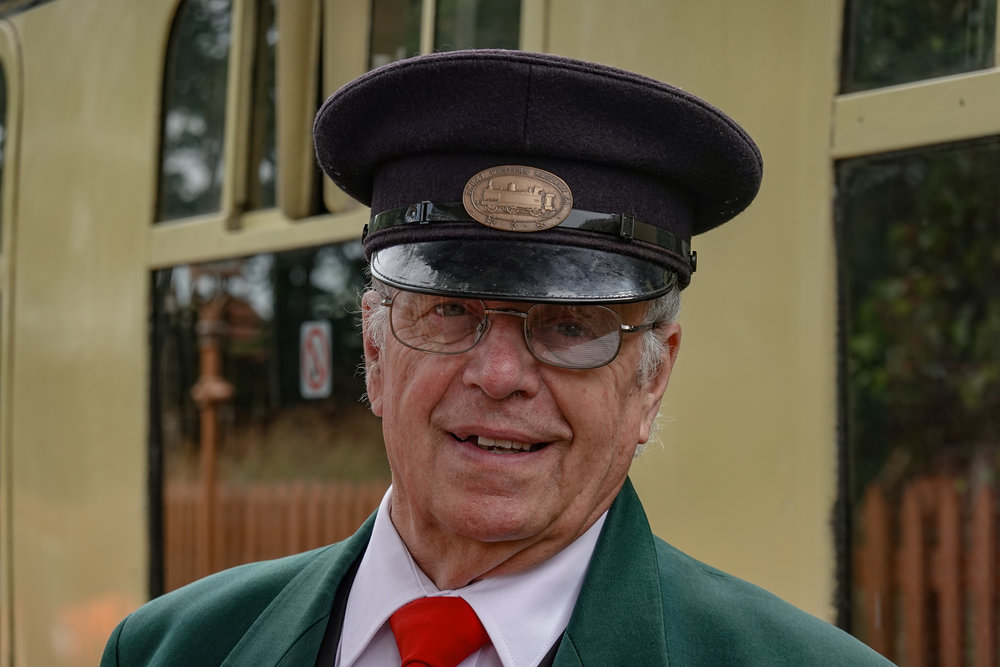
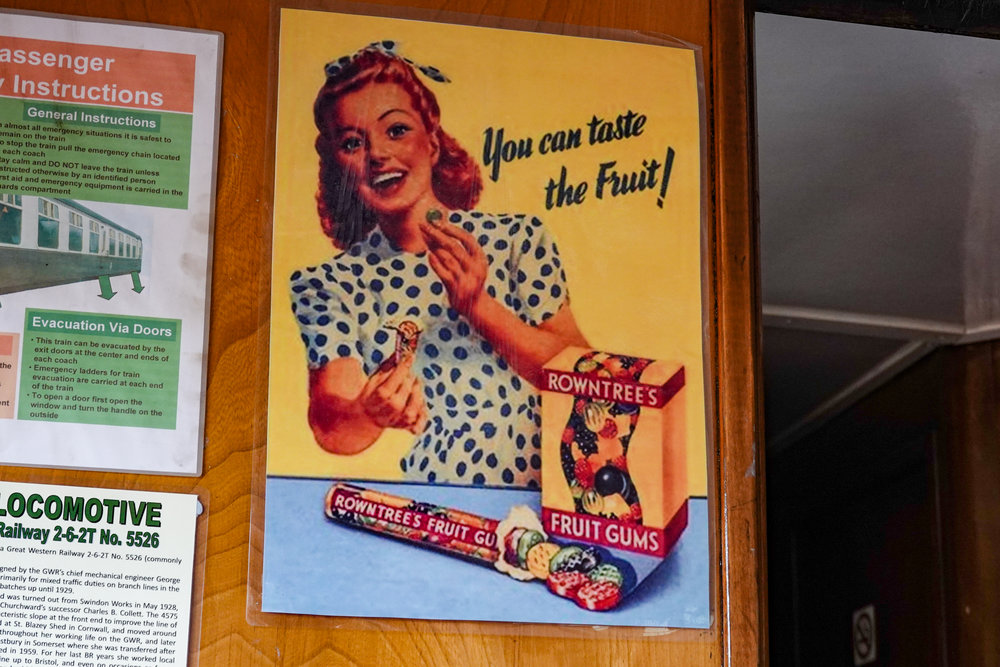
What a wonderful trip down memory lane. I still have relatives living in Princes Risborough and for a while in the 1970’s lived with them. I remember well the BR train from Marylebone to Princes Risborough and I also remember well those profoundly uncomfortable wooden carriages. I also remember well the taste of those Rowntree fruit gums, one of my favourites, sadly long gone now. Rowntree was purchased by Nestle in the 1980’s and slowly eliminated many of their best products. Wonderful photos by the way!
Again, thanks for reminding me of those simpler, halcyon days.
Interesting write-up and associated images Michael.
But what provided the images, other than the photographer that is?
Have I missed it somewhere in the text. Not seeing it in the Tag line either.
I am seeing a reference to 200mm. So I’m guessing compact. RX100 vi or C-Lux ?
Wayne, very interesting. I deliberately omitted details of the camera and you are right that the reference to 200mm was a clue. The camera is the Sony RX100 VI which arrived last week. The Leica C-Lux arrives on Wednesday and I will be looking at both cameras to assess their respective pros and cons. It was a strange experience at the Chinnor line and I made good use of the large zoom range. The more I look at these two cameras, the more I see the differences — at least in physical attributes. So far so good.
Excellent images and a lovely written piece, Mike. Thanks for sharing the day. How’d the ‘new’ car go?
The new (old) car went well thanks!
It sounds as if you had a lovely day out. Nice photos too. Have you travelled on the Swanage Railway, or the Watercress Line at Alton?
For my sins, I’ve been trundled around most of them, including the ones you mention. The most recent excursion, before Sunday, was to the Bluebell Line. But I enjoy them all.
A real "scenes from childhood" piece, lovely. But it wouldn’t have been "British Railways" in my childhood!
Shame about them not running the steam engines nothing beats the flow of air through your hair with bits of soot, an unburnt coal flecks hitting you. I can almost smell it now.
I regularly do the North York Moors Railway between Whitby and Pickering, if I get a chance to do it with my Leica I will let you see the results – might even pull an article about the experience.